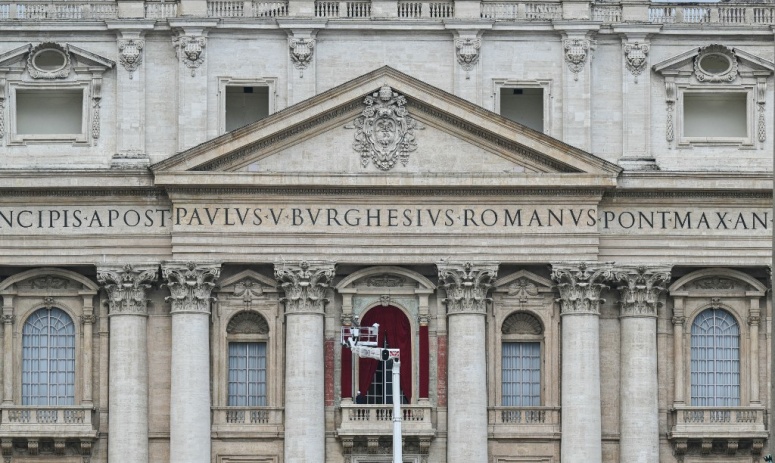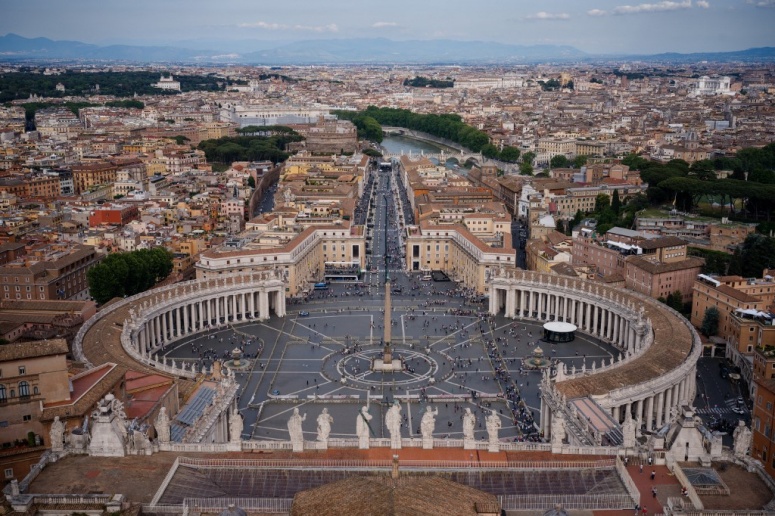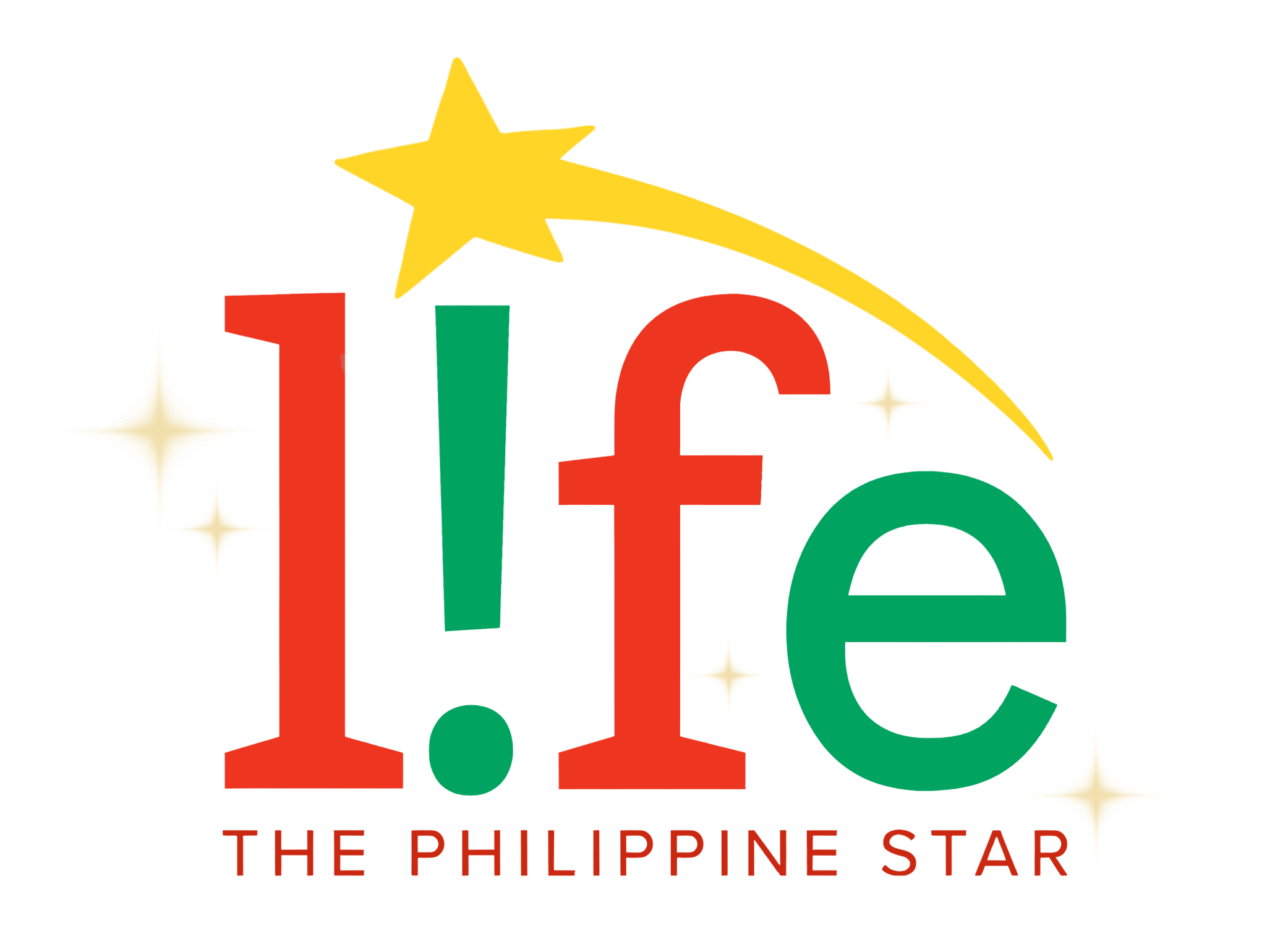Here are the answers to your frequently asked questions about the papal conclave
The Roman Catholic Church is about to have its conclave on May 7 to determine the successor of Pope Francis, who died last April 21.
Since the pontiff's death, the world has been captivated by the conclave, especially since it has been the subject of the 2024 award-winning movie Conclave, based on the 2016 novel of the same name by Robert Harris. While the movie and novel were praised for their accuracy, the fact remains that they're works of fiction.
Here are some facts and trivia regarding the real-life papal conclave.
What does conclave mean?
Conclave comes from the Latin phrase "cum clave," meaning "with a key." The process involves locking up cardinals in a secluded room, where they'd vote for the next pope.
What happens before the conclave?
After the pope's death, the period is known as sede vacante (empty chair). During this period, the official emblem of the Holy See will change from the papal crown figure to the umbraculum in yellow and red.
The College of Cardinals, the body of the pope-appointed cardinals worldwide, assumes governance of the Catholic Church. To date, there are 252 cardinals hailing from 71 countries.
They hold daily meetings known as general congregations to discuss church matters and lay out the characteristics each believes the new pope should have.
The cardinal known as the camerlengo (chamberlain) will take over the ordinary affairs of the 1.4 billion-member Church, including preparations for the conclave. The current camerlengo is Irish-American Cardinal Kevin Farrell.

The camerlengo officially confirms the pope's death, which is simply done nowadays through a doctor and a death certificate. Back then, during the 20th century, confirmation was ritually done by tapping a silver hammer on the pope's forehead three times.
The camerlengo and three assistants chosen from among cardinals under 80, the cardinal electors, decide when the pope's body is to be taken into St. Peter's Basilica for the public to pay their respects. They also make sure the pope's Fisherman's Ring and his lead seal are broken so they cannot be used by anyone else. No autopsy is performed.
The camerlengo locks and seals the pope's personal residence. In the past, this was in apartments in the Apostolic Palace but Francis lived in a small suite in the Vatican guesthouse known as Santa Marta.
The camerlengo and the other cardinals cannot make major decisions affecting the Church or change its teachings. The heads of most Vatican departments resign until the new pope confirms or replaces them.
Where does the conclave take place?
It is held in the Sistine Chapel, under Michelangelo's frescoes of the Last Judgment and of Bible scenes, including the creation panel with the fingers of God and Adam nearly touching. Most of the participating cardinals sleep in a Vatican hotel behind St. Peter's Basilica.
The first conclave to be held at the Sistine Chapel was in 1492 and though every conclave has been held there since 1878, papal elections had taken place in different locations, according to the Vatican News.
While they were mostly still held in Rome, 15 conclaves were held outside the city.

Some conclaves were also held outside of Italy, like in France in 1314-16 and in Germany in 1415-17.
Pope St. John Paul II, in the Apostolic Constitution Universi Dominici Gregis, designated the Sistine Chapel as the official location for papal election.
When does a conclave happen?
There is a mourning period first before the conclave.
In the case of Francis, it lasted for nine days, a period known as the Novemdiales. It started on April 26, his funeral, and ended on May 4.
(The date of the funeral and burial must start between the fourth and sixth day after the pope's death, according to Universi Dominici Gregis, which was promulgated by Pope John Paul II on Feb. 22, 1996.)
Traditionally, the mourning period lasts for 15 days but Pope Benedict XVI, before his resignation in 2013, modified the constitution to allow it to begin sooner if the cardinals chose to.
The mourning period may also be held for a maximum of 20 days after the pope's death if some cardinals have difficulty getting to Rome.
What security measures are in place during the conclave?
Participants are prohibited from any communication with the outside world.
Cardinals must hand their phones over at Santa Marta and only get them back at the end of the conclave.
Phones, internet, and newspapers are not allowed inside the room where the conclave takes place.
There are two main security teams: the Pontifical Swiss Guard, which is responsible for surveillance near the Sistine Chapel, and the Gendarmerie Corps of Vatican City State, which uses electronic security apparatus to enforce the rules.
The Vatican also announced plans to use signal jamming around the Sistine Chapel and the residences.

Church officials and staff also took an oath of secrecy on May 5 to ensure confidentiality and sanctity of the papal election process.
Foods that could conceal messages like pies and chickens, as well as cutlery and glasses, are also prohibited, according to TIME Magazine. Nuns will prepare local food like lamb skewers, spaghetti, and boiled vegetables.
Are all cardinals eligible for the conclave?
Only those below 80 years old may take part in the conclave.
Of the 252 cardinals, there are 135 eligible cardinals. It includes three Filipinos: Pablo Virgilio David, Luis Antonio Tagle, and Jose Advincula. Two of the 135 eligible cardinals, meanwhile, are absent due to health reasons.
Are cardinals the only ones allowed to become pope?
The Vatican News noted that though elected popes over the last few centuries were cardinals, it is not a requirement. Any baptized and unmarried male Catholic is eligible to become pope.
The last pope who wasn't a cardinal was Urban VI in 1378. He was a monk and archbishop of Bari.
How does the voting process take place?
Cardinals vote twice a day, except on the first day of the conclave when there is only one vote.
A majority of two-thirds plus one is needed for an election.
If no one is elected after 13 days, a run-off is held between the two leading candidates, but a two-thirds plus one majority is still needed.
How long does the conclave last?
It could be anywhere between hours and years.
The 2013 and 2005 conclaves that elected Francis and Benedict lasted for two days, which is relatively short.
The average length of the last 10 conclaves was three days.
According to The Associated Press, the longest conclave was during the 13th century in Viterbo, Italy, taking place for 1,006 days or nearly three years. That's because there were deep divisions among the cardinals at the time.
It was the Viterbo conclave that served as the inception of modern conclaves.
In November 1268, cardinals looking to elect the successor of Pope Clement IV were split between two factions and couldn't reach a consensus before September 1271. The lack of progress caused frustration among locals, who are paying for the cardinals' expenses, leading to drastic measures to expedite the process.

The cardinals were first locked in Viterbo's papal palace with a key (hence the term conclave). The palace had no roof, while the cardinals' meals were restricted to bread and water. As delays were still present, locals tore off part of the roof of the large room to expose the cardinals to the elements. The extreme conditions lasted for three weeks, and it would take another 15 months before Gregory X was elected pope.
To prevent such a situation again, Gregory X promulgated Ubi Periculum, a new apostolic constitution that imposed strict regulations on the election and allowed to isolate the cardinals.
The shortest conclave was in 1503, the election of Pope Julius II, which lasted only for a few hours.
How many conclaves have there been?
According to the Vatican News, the May 7 conclave is the 76th in the form that is known today, as established by Gregory X.
The first official conclave was held in Arezzo in Tuscany in 1276, with the election of Innocent V.
What are the changes in how the conclave was held?
There have been various reforms that gradually shaped the procedure for the papal elections over the centuries.
According to the Vatican News, the first significant changes were introduced by Pope Nicholas II in 1059 with the Bull In nomine Domini, which specified that only cardinals could elect the Roman Pontiff.
Before that, the Successor of Peter was chosen with the participation of the ecclesial community: clergy assessed candidates proposed by the faithful, and the bishops chose the pope. External influences and interferences from political powers played a major role in the election, often hindering the electoral process.
In 1179, Pope Alexander III promulgated the Constitution Licet de vitanda that introduced the two-thirds majority requirement in voting.
In 1621, Pope Gregory XV introduced the requirement for secret and written ballots.
In 1904, Pius X abolished any claimed right of exclusion and enforced secrecy about all that happens in the conclave even after its conclusion.
After World War II, in 1945, Pope Pius XII issued the Apostolic Constitution Vacantis Apostolicae Sedis, which included new rules like all cardinals—including the Secretary of State and Congregation Prefects—must cease their duties, except for the camerlengo, the Penitentiary, and the Vicar of Rome, during sede vacante.
Later, Pope St. Paul VI in the Motu proprio Ingravescentem Aetatem ordered that only cardinals below 80 may vote.
How is the new pope announced?
After every round of votes, the ballots submitted by cardinals are burned.
If a majority isn't met, the ballots are burned with a mix of potassium perchlorate, anthracene, and sulfur to create black smoke, which will rise from a chimney atop the Sistine Chapel.
If a majority has been achieved—and a new pope is elected—the ballots are burned with a mix of potassium chlorate, lactose, and chloroform resin to create a white smoke.
After a pope is chosen, a senior cardinal appears on the balcony of St. Peter's Basilica and announces in Latin: "Annuntio vobis gaudium magnum. Habemus Papam," or, "I announce to you great joy. We have a pope."

He identifies the new pope by his given name, with his first name translated into its Latin version, and then announces the papal name the new leader of the Church has chosen.
The papal names most chosen have been John (23 times), Gregory (16), Benedict (16), Clement (14), Innocent (13), Leo (13) and Pius (12). Pope Francis was the first to choose that name, in honor of St. Francis of Assisi.
Following the announcement, the new pope steps forward to deliver his first public address and his first Urbi et Orbi or To the City and the World blessing in front of the crowds gathered in St. Peter's Square.
A few days later, the new pope will celebrate a Mass that marks the beginning of his ministry.
When does the smoke come out?
A Catholic online community, in a Facebook post, noted that it's uncertain as to what time the smoke during the conclave appears.
There's no official schedule for it, as popes conduct their votes in seclusion.
In 2005, former Vatican spokesman Dr. Joaquín Navarro-Valls, said that "purely as an indication then, the smoke signals could appear at around 12 noon and at about 7 p.m.—unless the new Pope is elected either in the first vote of the morning of the first vote of the afternoon, in which case the smoke signal will be earlier."
Based on the 2005 conclave, the first black smoke appeared at 8:04 p.m. on the first day, April 18 (2:04 a.m., April 19, Philippine time). The second black smoke appeared on the second day, April 19, at 11:52 a.m. (5:52 p.m.), while the white smoke finally appeared at 5:50 p.m. (11:50 p.m.)
As for the 2013 conclave, the first black smoke appeared at 7:41 p.m. on the first day, March 12 (1:41 a.m., March 13, Philippine time). The second black smoke appeared at 11:38 a.m. (5:38 p.m.), while the white smoke finally appeared at 7:06 p.m. (1:06 p.m., March 14).
The Catholic online community said that simply put, the smoke on the first day can emerge between 7 p.m. and 9 p.m. (1 a.m. and 3 a.m., Philippine time). Smoke for the morning ballots from the second day onwards can emerge between 10 a.m. and 12 p.m. (4 p.m. and 6 p.m.), while the evening ballots can emerge between 5 p.m. and 8 p.m. (11 p.m. and 2 a.m.)
How many popes have there been?
There have been 266 popes to date.
According to Pope History, 217 popes hail from Italy. Sixteen popes came from France; 6 from Germany; 5 from the Byzantine Empire in modern-day Syria; 4 from Greece; 3 from the Holy Land in modern-day Israel and Africa; 2 from Dalmatia in modern-day Croatia, Spain, Portugal, and Anatolia; and 1 from England, the Netherlands, Poland, and Argentina.
Who are the youngest and oldest popes elected?
Per AP, the youngest pontiff was Pope John XII, who was 18 when he was elected in 955.
The oldest popes were Pope Celestine III (elected in 1191) and Pope Celestine V (elected in 1294), who were both nearly 85.
Francis was 76 and Benedict XVI was 78 when they were elected.



